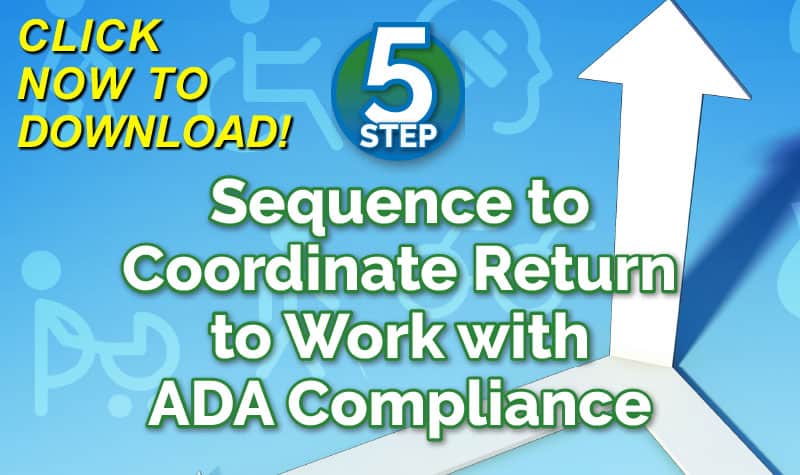One of the most important decisions a claims examiner must make is whether to get a medical-legal report. Before the 2004 reform law (SB 899), each party could choose their own qualified medical examiner (QME) for a medical-legal report. Claims examiners and defense attorneys choose QMEs who tended to find no industrial injury or low disability; applicant attorneys choose QMEs who tended to find industrial injury and higher disability. Parties could also use an agreed medical examiner (AME), but often preferred to use their own QME under the assumption that an AME would be too neutral.
After SB 899, parties can no longer choose their own QMEs. Instead, they must either agree to an AME or request a three-doctor panel of QMEs (PQMEs) from the state. When the state assigns a panel of QMEs, each party strikes a doctor, leaving one doctor who acts as a PQME.
The main difference between the old system and the new system is employers have lost control over medical-legal reporting. PQMEs often find industrial injury and significant disability. Many PQMEs lack the knowledge and skill to write reports that are substantial medical evidence. Other PQMEs are treating doctors who got on the state list of QMEs after SB 899. In short, PQMEs are not as reliable and predictable as QMEs were.
Click Link to Access Free PDF Download
“5-Step Sequence to Coordinate Return-to-Work with ADA Compliance”
As rules change, so should strategies. Here are seven reasons not to get a medical-legal report.
-
You have a good legal defense
Legal defenses such as the post-termination claim defense, the initial aggressor defense, and the statute of limitations do not require a medical report to resolve. So complete discovery on the legal defense (e.g., depose the applicant, request records of prior injuries or treatment, interview employer witnesses). If your legal defense is solid, file a declaration of readiness to proceed and push the case towards resolution, by either settlement or trial.
-
Applicant’s report is not a valid medical-legal report because it was obtained by a referral from applicant’s attorney, outside of the AME/Panel QME process
If the applicant’s “medical-legal” report is not valid and is not admissible evidence, why bother getting an AME or PQME to “rebut” it?
-
Applicant’s report is not substantial medical evidence
A medical-legal report is not substantial medical evidence if the history is inaccurate or incomplete; relevant testing was not performed or reviewed; accurate diagnoses were not given; or the report merely states conclusions without explaining the reasoning. Again, why get an AME or PQME that may simply repair applicant’s flawed medical reporting?
-
AMEs and PQMEs do not “rebut” treating doctors
AMEs are typically neutral and independent, and do not often write conservative reports that rebut the treating doctor aggressively. And PQMEs do not typically rebut the treating doctor either. AMEs and PQMEs do not write conservative medical-legal reports as pre-SB899 “defense” QMEs once did. Instead, they usually write industrial reports, often TTD status (totally, temporarily disabled). To a large extent, there is no such thing as getting a “rebuttal” report anymore.
-
The best rebuttal often comes from the claims examiner
The days of reflexively getting an AME or “QME” and relying on that doctor’s expertise and motivation to rebut applicant’s doctors are over. Examiners must learn basic medicine regarding orthopedics, psychiatry, sleep impairment, sexual impairment, stomach impairment, and other medical specialties that are being alleged after SB899. The Internet has a vast amount of free information on medicine. Examiners must learn what it takes for a medical-legal report to be substantial medical evidence (e.g., history, testing, diagnosis, and reasoning).
-
It is possible to settle many medical issues without an AME or Panel QME
Examiners can then use their knowledge and legal skill to negotiate many good settlements without getting medical-legal reports. One can save thousands of dollars in treatment, temporary disability, permanent disability, medical-legal, and legal expenses by resolving medical issues without AMEs or PQMEs.
-
The trial judge can always order an independent medical examiner (IME)
If it is shown at trial that applicant’s medical-legal reports are not substantial medical evidence, and the judge thinks it is necessary to further develop the medical record, the judge can order an IME. An IME will likely be more credible and accurate than any other medical-legal doctor you will find.
Click Link to Access Free PDF Download
“5-Step Sequence to Coordinate Return-to-Work with ADA Compliance”
Important Note: There are cases in which one should get an AME or PQME. Nothing here is intended to say that an AME or PQME is never needed. But one should consider these seven factors before pursuing an AME or PQME. If examiners continue to handle post-SB 899 claims as they did pre-SB 899 claims, assuming that AMEs and “QMEs” will rebut applicant’s medical reports, they are mistaken and doing the employer a disservice.
Work Comp Roundup welcomes Albert A. Navarra, Attorney at Law as a contributing author.
Albert A. Navarra, Attorney-at-Law, is one of California’s leading attorneys and a Board Certified Specialist in workers compensation law. Attorney Navarra has written and presented numerous seminars on the subject to both lawyers and insurance claim adjusters. He is also the author of “The Elements of Constitutional Law.“He can be reached at Sapra & Navarra, LLP; E-mail: albert@snworkcomp.com; Phone: 866-384-4891.
Our WC Manual: http://corner.advisen.com/partners_wctoolkit_book.html
WORK COMP CALCULATOR: http://www.LowerWC.com/calculator.php
MODIFIED DUTY CALCULATOR: http://www.LowerWC.com/transitional-duty-cost-calculator.php
WC GROUP: http://www.linkedin.com/groups?homeNewMember=&gid=1922050/
SUBSCRIBE: Workers Comp Resource Center Newsletter
Do not use this information without independent verification. All state laws vary. You should consult with your insurance broker or agent about workers comp issues.
©2011 Amaxx Risk Solutions, Inc. All rights reserved under International Copyright Law. If you would like permission to reprint this material, contact Info@ReduceYourWorkersComp.com.
Click Link to Access Free PDF Download
“5-Step Sequence to Coordinate Return-to-Work with ADA Compliance”



